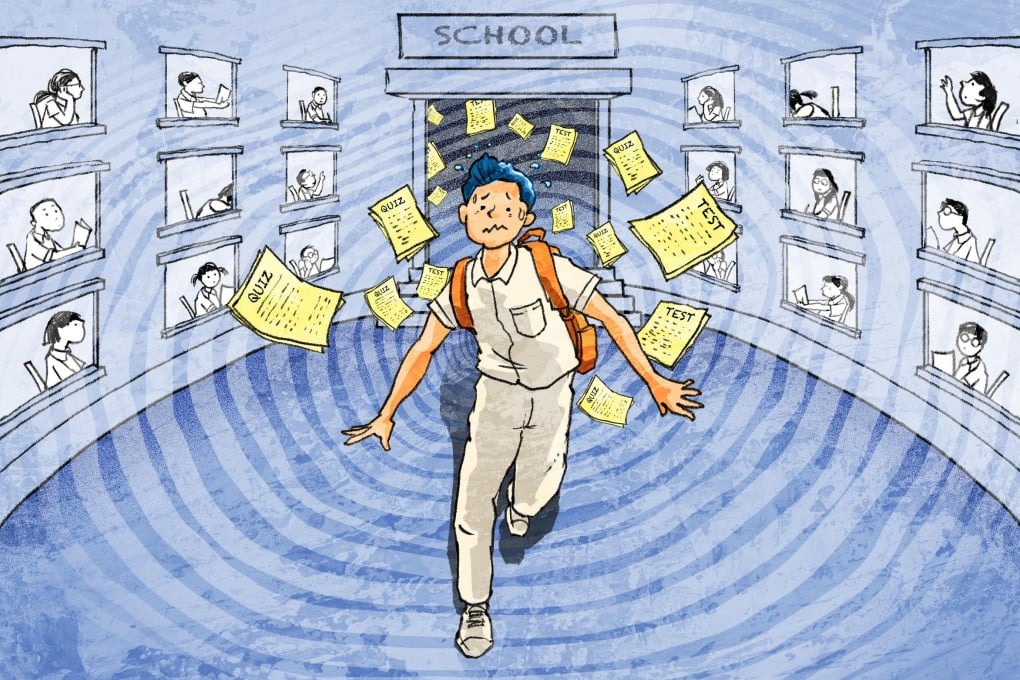How can Hong Kong reverse growing trend of teens skipping school?
Educators and youth workers call for more support for ‘invisible students’ and their families

The breaking point for Hong Kong student Sarah* came in November 2023. The daily stream of tests and quizzes for her Form One classes became too much for the then 13-year-old, and she simply stopped going to school.
“It just never ends. I had to study 16 subjects, and almost all had quizzes, even for music and religious classes,” she said. “It was so exhausting. Whenever I failed, I had to do a re-quiz on top of the scheduled quizzes on that day. There was no chance to finish all the revisions.”
Another factor in her decision to quit was the struggle she faced connecting with her classmates.
“It was hard to make friends when everyone barely speaks to others and stays in their own circle,” she said.
Overwhelmed by the pressure, she stopped going to classes, becoming one of the thousands of students chronically absent in Hong Kong. The term refers to a student who misses school for seven consecutive days.
After dropping from more than 6,000 in the mid-2010s to about 3,000 between 2000 and 2022, the number of chronically absent students rose to 4,500 in 2022-23 and surpassed 5,500 in the past academic year.
Faced with a worsening problem, overstretched schools are limited in their response, according to frontline educators and youth workers. The needs of pupils who remained must be met and institutional standards maintained to avoid closure, they said.